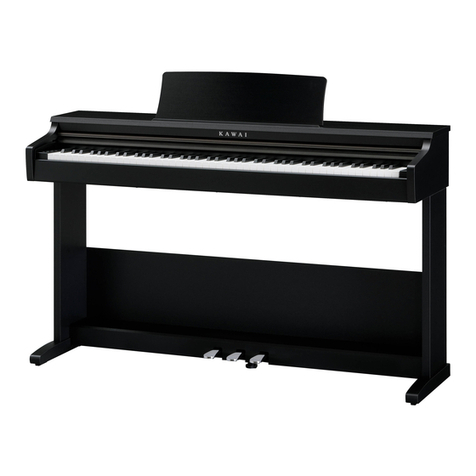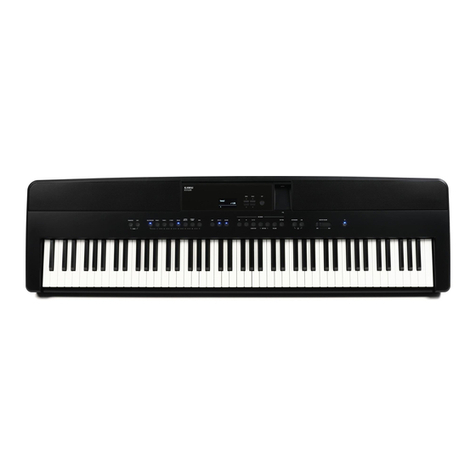Kawai CN470 User manual
Other Kawai Musical Instrument manuals
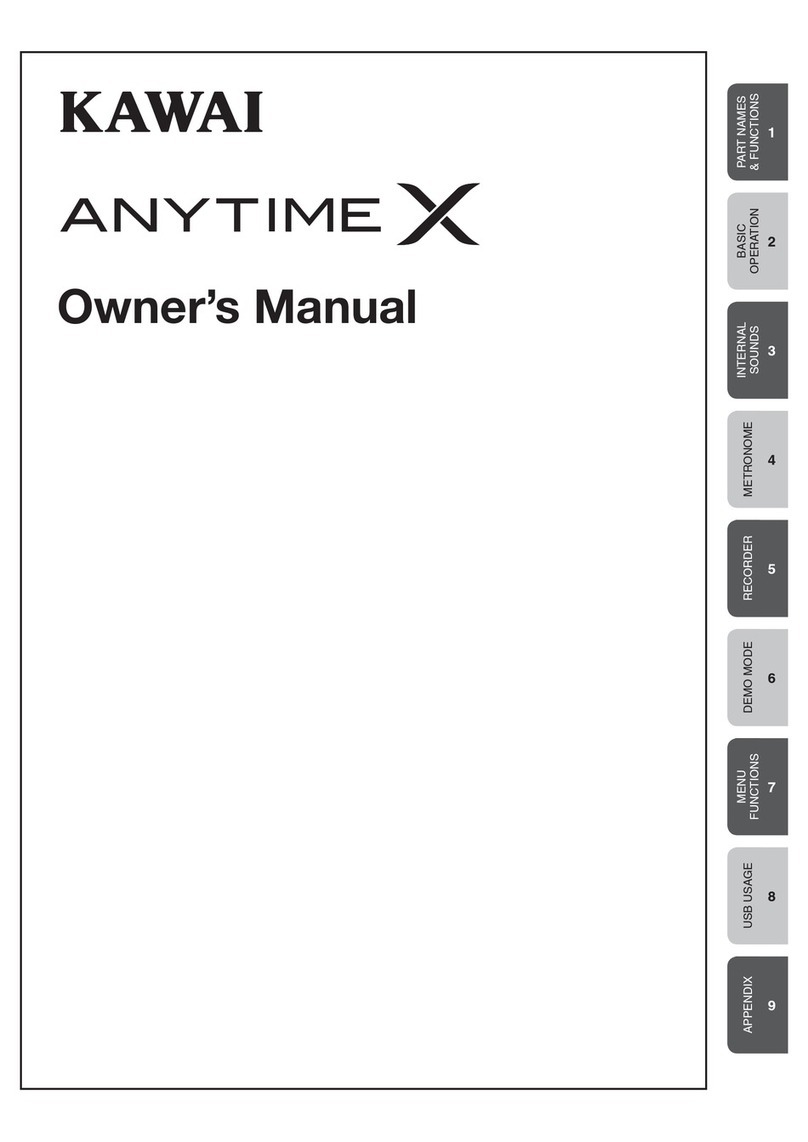
Kawai
Kawai AnytimeX User manual
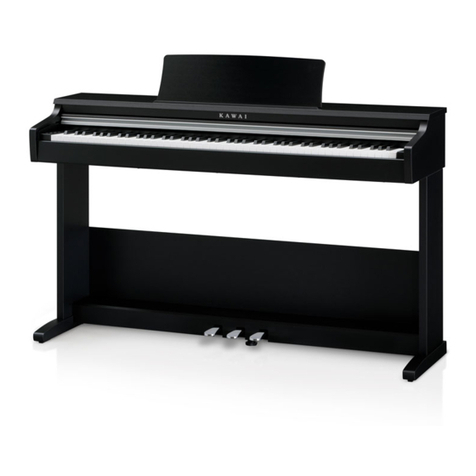
Kawai
Kawai KDP70 User manual
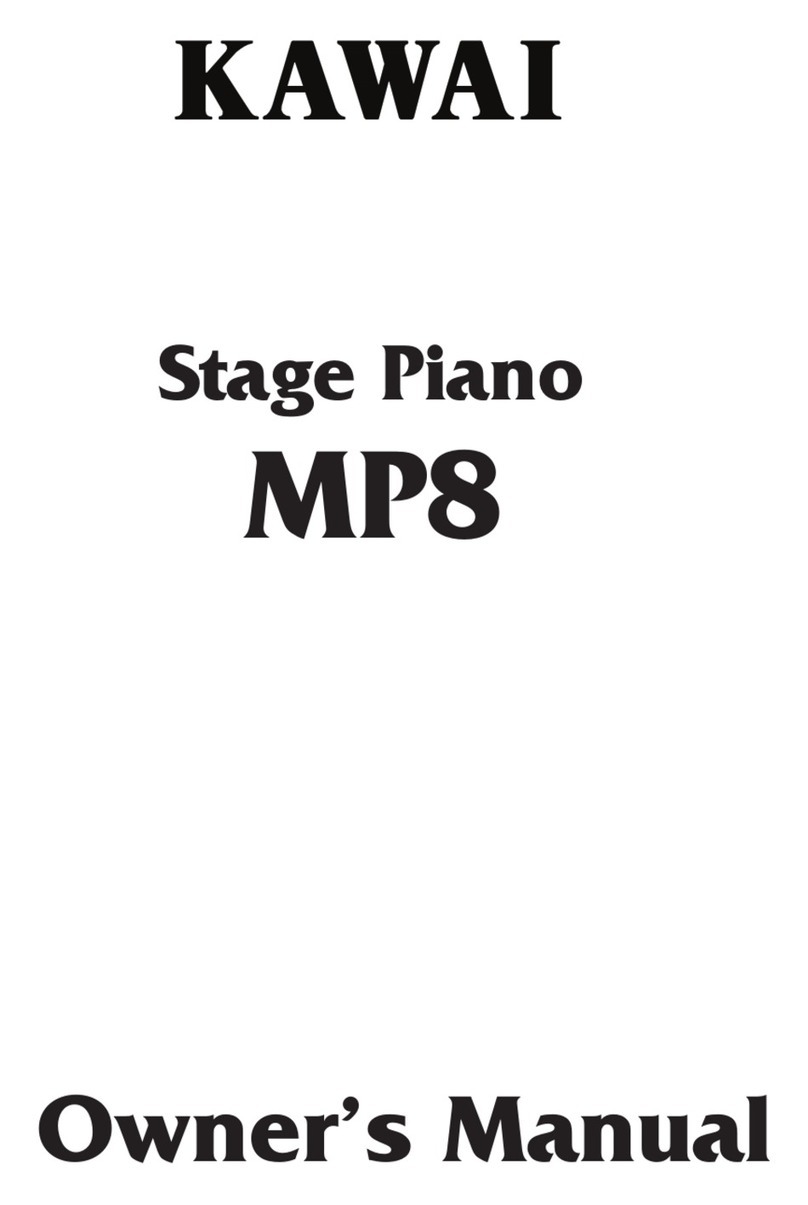
Kawai
Kawai Stage Piano MP8 User manual
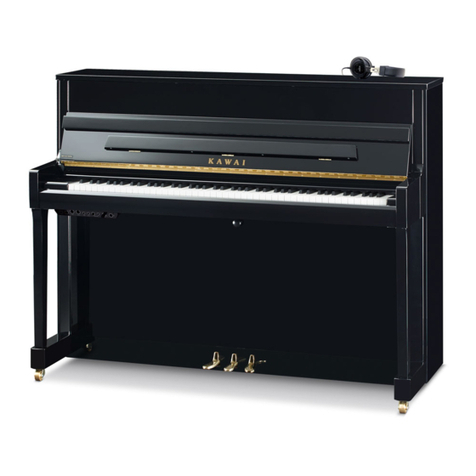
Kawai
Kawai AURES ANYTIME AR2 User manual
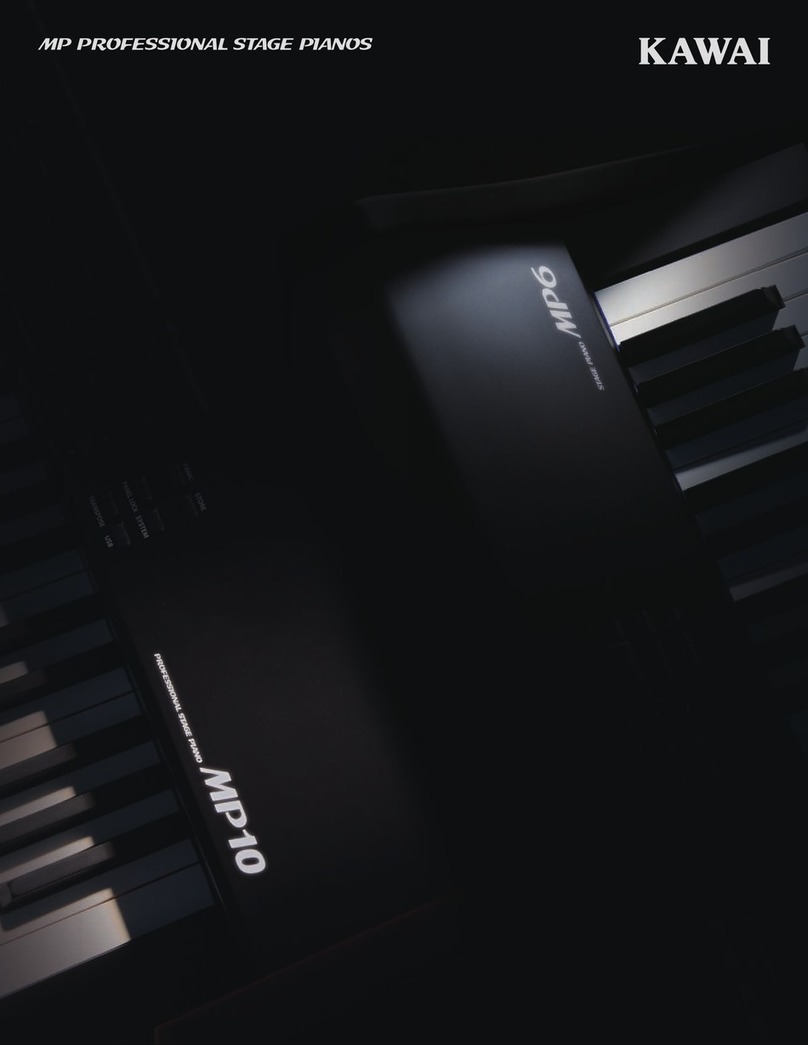
Kawai
Kawai MP6 User manual
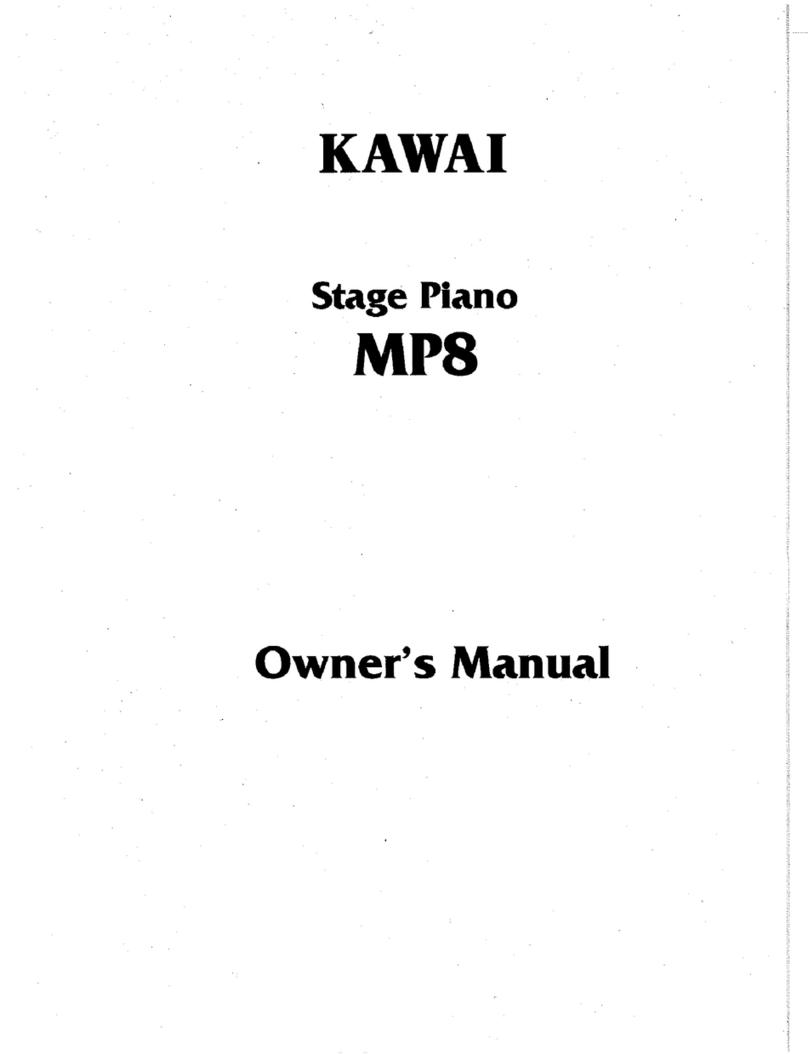
Kawai
Kawai Stage Piano MP8 User manual
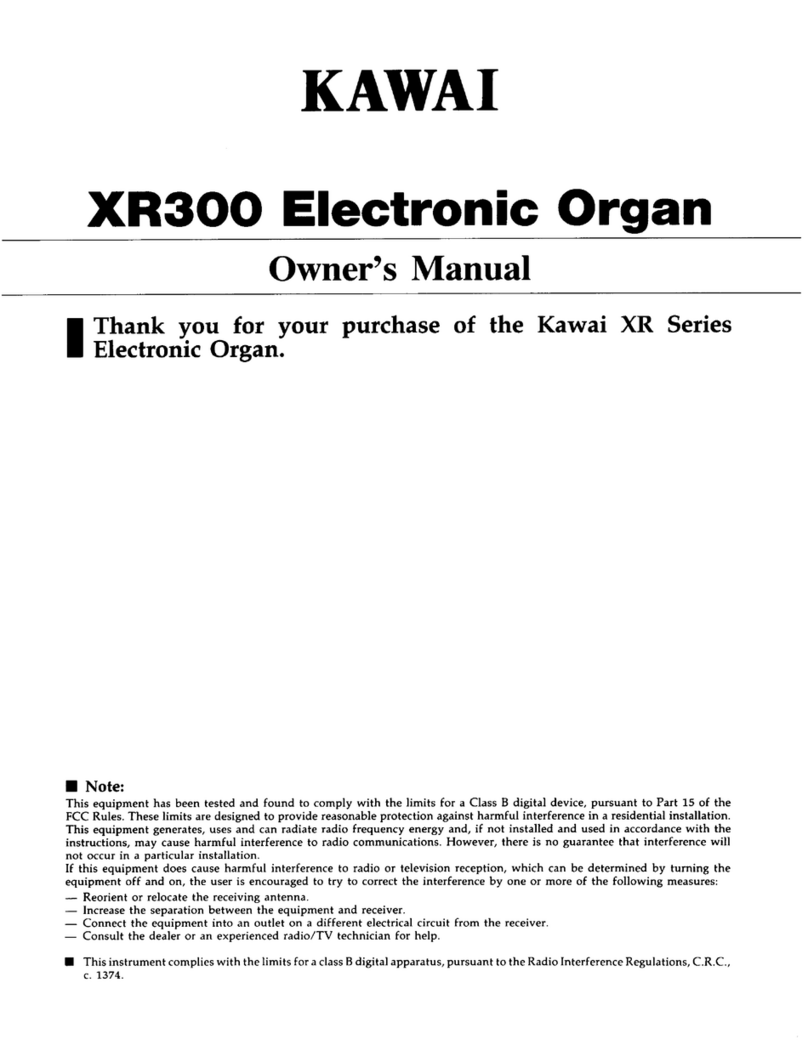
Kawai
Kawai XR300 User manual
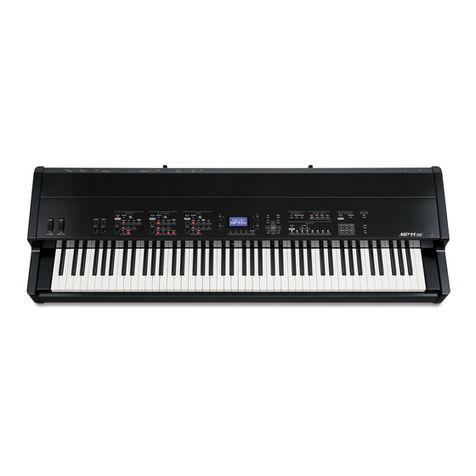
Kawai
Kawai MP11SE User manual
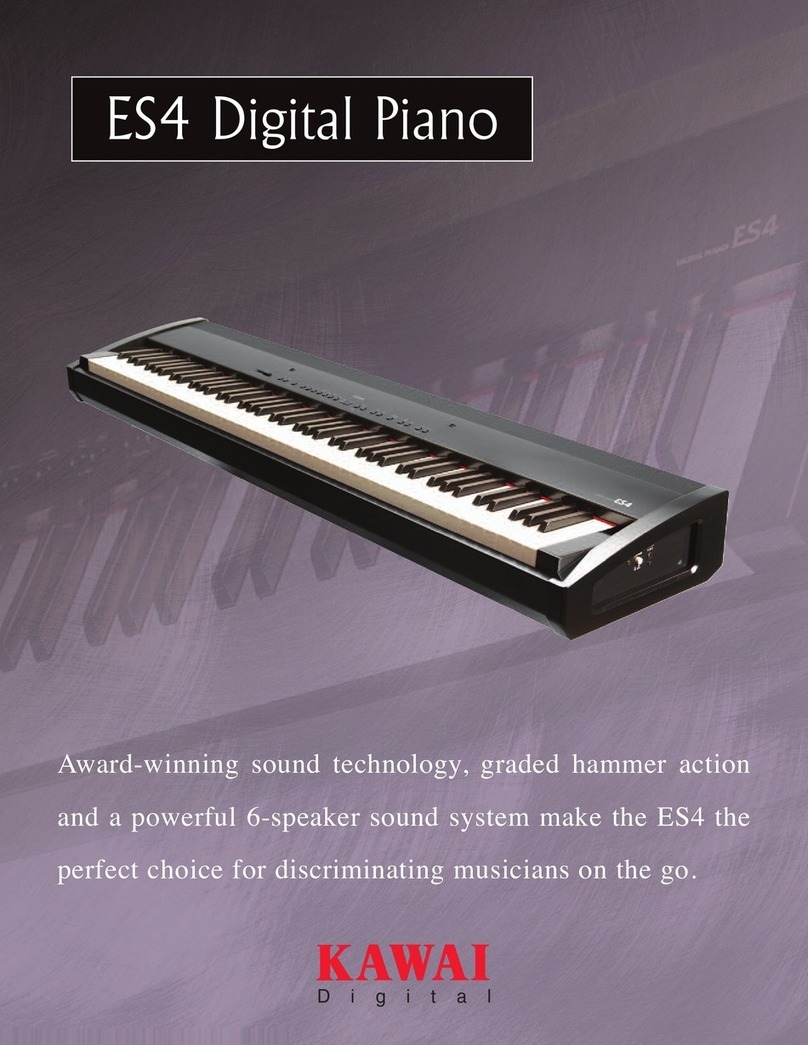
Kawai
Kawai ES4 User manual

Kawai
Kawai MP6 User manual

Kawai
Kawai KDP90 User manual

Kawai
Kawai CP200 User manual

Kawai
Kawai Concert Performer CP119 User manual
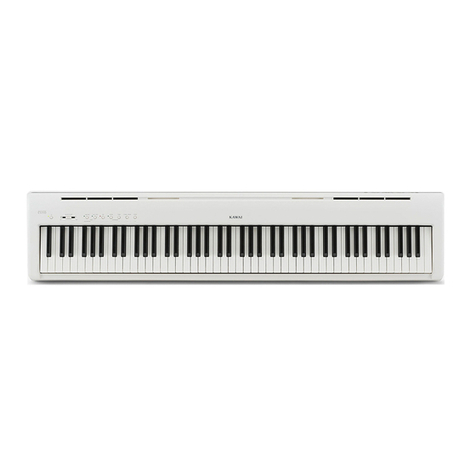
Kawai
Kawai ES110 User manual

Kawai
Kawai K-15E ATII User manual

Kawai
Kawai MP6 User manual

Kawai
Kawai Concert Performer CP139 User manual
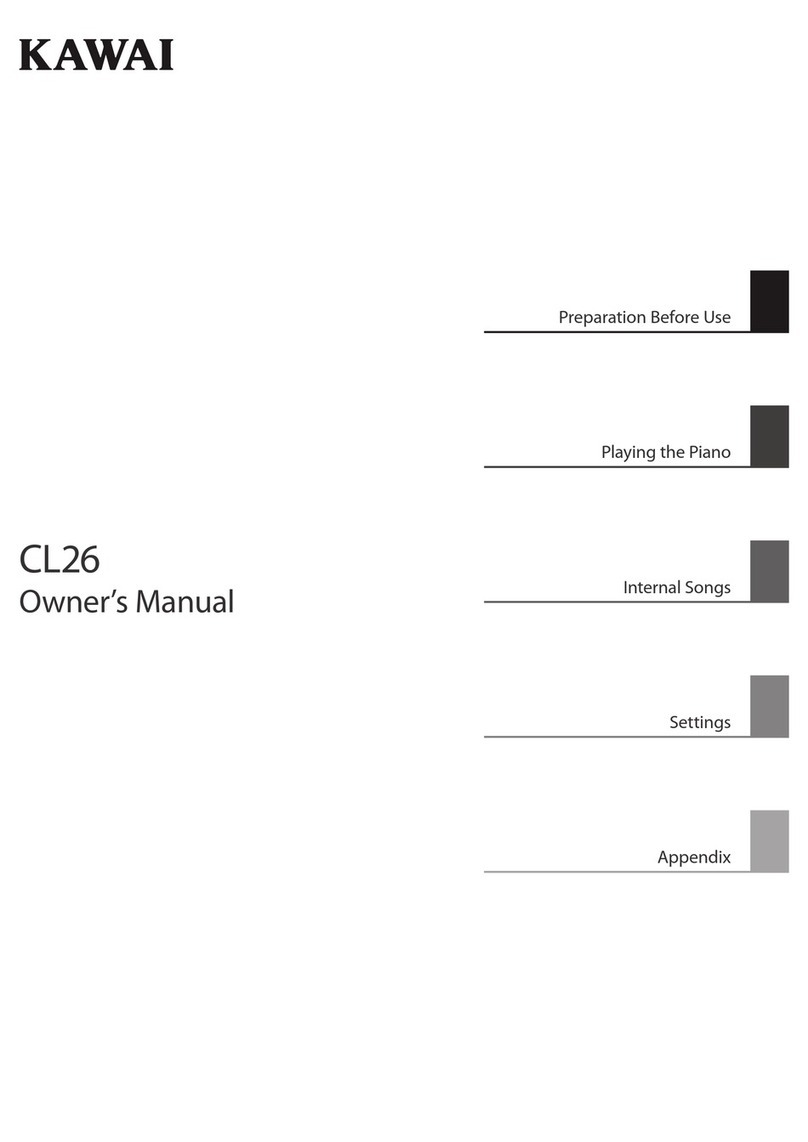
Kawai
Kawai CL26 User manual
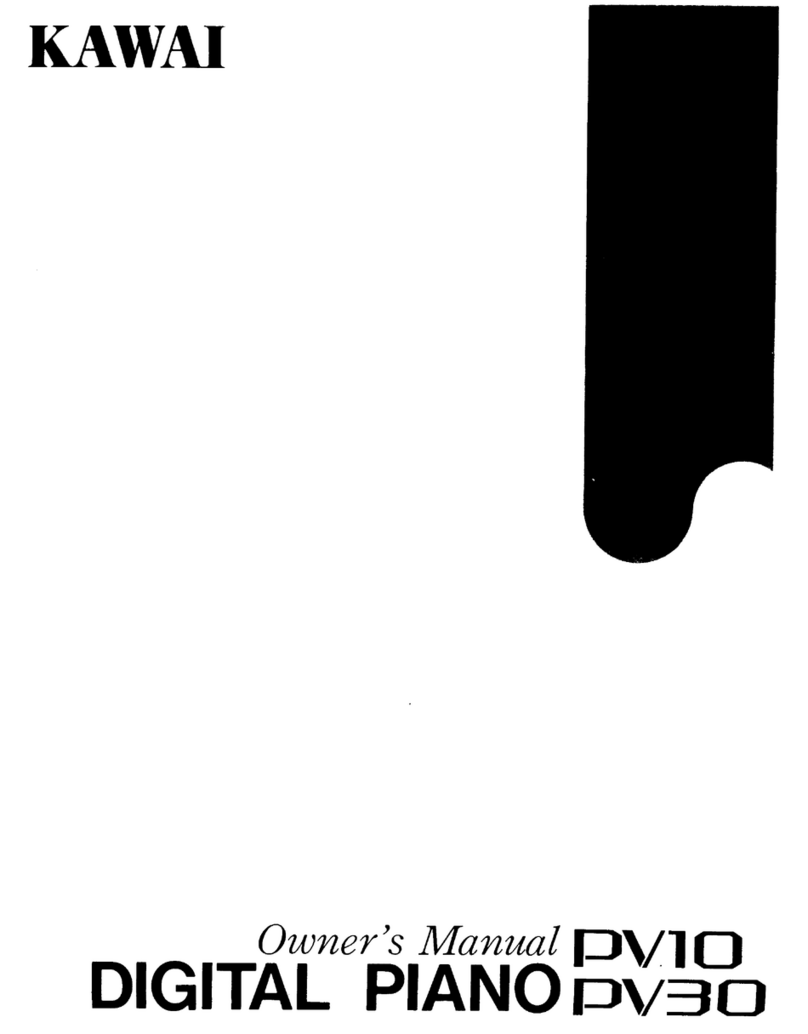
Kawai
Kawai Digital Piano PV10 User manual

Kawai
Kawai AnyTimeX2 User manual
